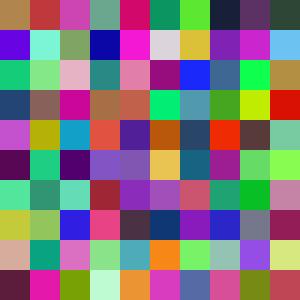

The Vulkan Ray-tracing API is the industry's first open, cross-vendor standard for enabling portable ray-tracing acceleration across diverse platforms. It's a powerful technology that can be used to create stunning visuals and effects in real-time, while becoming increasingly popular among developers and the game industry. Learning the Vulcan Ray-tracing extension provides numerous benefits rangingfrom improved visuals to increased efficiency capabilities and creative freedom. For anyone lookingget ahead in computer graphics or simply wants to explore something new then it's definitely worthinvesting some time into understanding how utilize this amazing toolset properly. This text uses a bottom up approach to teaching Ray-tracing, allowing readers to learn by doing rather than just studying theory or concepts alone. This type of hands-on approach helps readers gain a practical understanding much faster as they can test their understanding while working through activities and problems which leads them towards mastering the skills quicker compared to traditional methods (such as passively watching). Furthermore, by allowing readers direct access to simplified code examples, they are able to get started quickly which would otherwise take longer if they had no direct access to a code base (or a wrapper framework which hides away lots of what's happening at the surface of the API). While the creation of ray-tracing acceleration structures and pipelines using Vulkan can be complex and daunting, we take readers through the process using minimlistic cases so they're able to find their feet. The code demos are self-contained and written using the API directly (no dependencies on external frameworks or libraries). Once readers have got their feet and know what's happening, it should be straightforward for them to continue to extend and widen their understanding - by adding further features and libraries (e.g., loading geometry, helper classes, editors and optimization tools). • Understand the core principles of the Vulkan API • Familiarize yourself with the Vulkan Ray-Tracing Extension • Ground yourself with Vulkan Ray-Tracing Pipeline • Create ray-tracing applications using Vulkan • Use and understand application/shader communication/data transfers • Learn about the Ray-Tracing GLSL shader language modifications to support the extension
Whether you're a beginner looking to learn the basics or an experienced professional seeking advanced knowledge, this book has something valuable to offer.
Extremists and an anonymously run website are posting identifying details about people accused of ce...
Read MoreGmail reorganizes its order-tracking and promotion filters ahead of the hol...
Read More


Community Discussions